How Kursk operation began: Special Operations Forces share exclusive footage


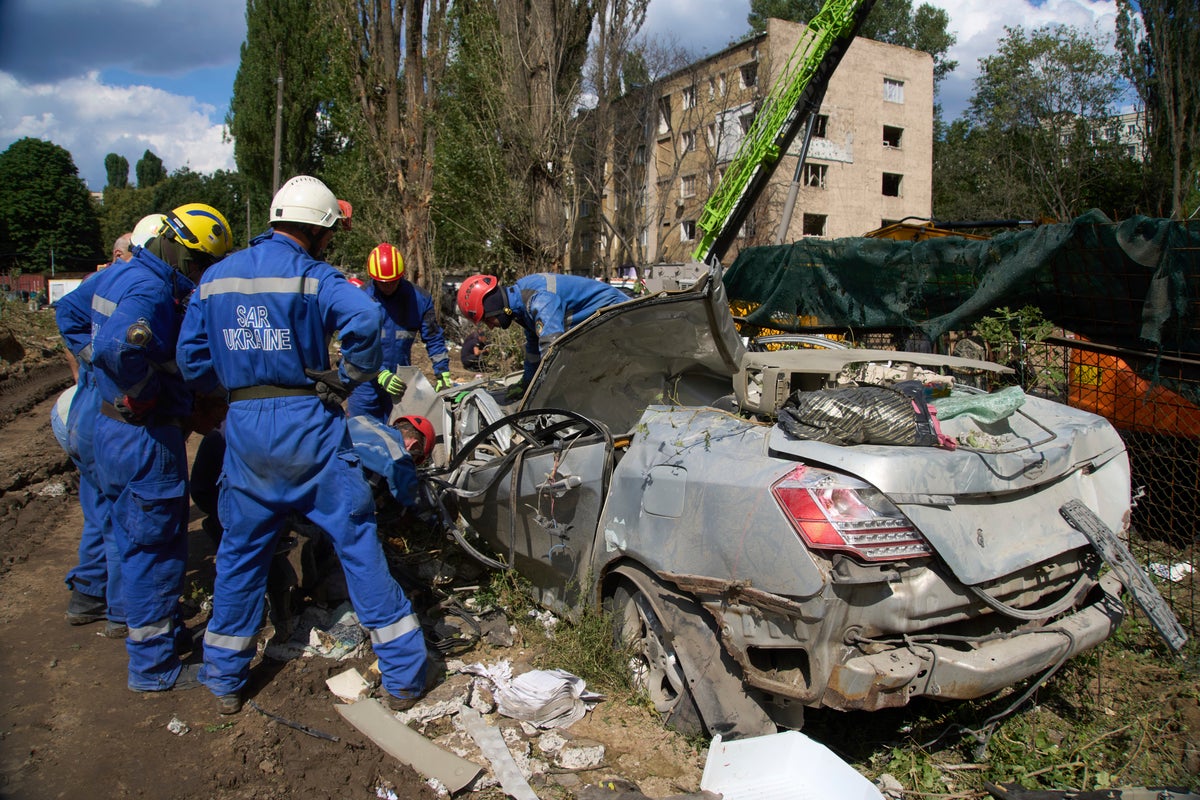
© Copyright 2025 The Associated Press. All rights reserved
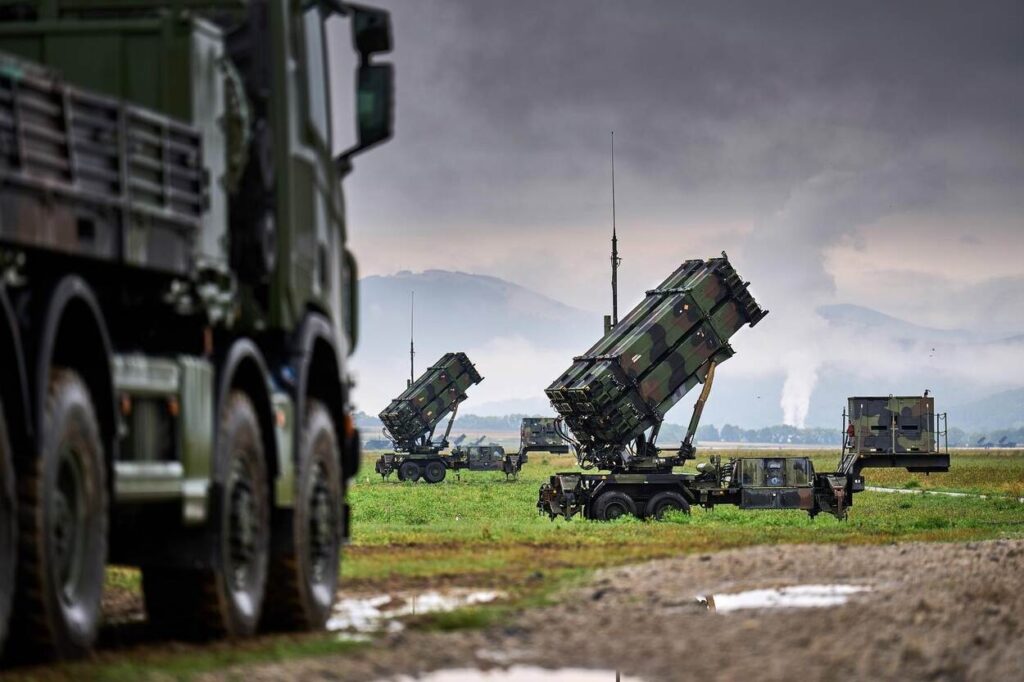
The Dutch government has committed €500 million in Dutch funding for Patriot missile systems and components for Kyiv, becoming the first NATO country to directly purchase US-made weapons for Ukraine’s defense. The move, announced by Dutch Defense Minister Ruben Brekelmans on 4 August, comes as Russia escalates its ongoing air attacks on Ukrainian civilians.
On 4 August, Brekelmans posted on X that “Ukraine needs more air defence and ammunition now,” and stated the Netherlands would supply “as the first NATO ally” a €500 million package of US-made weapons, including Patriot missile components and ammunition. The minister said this would help Ukraine defend itself and the rest of Europe against Russian aggression.
Ukrainian President Volodymyr Zelenskyy welcomed the decision, saying it would “help save lives.” He discussed the aid with Dutch Prime Minister Dick Schoof and linked the move to practical outcomes of the recent NATO summit held in The Hague.
“This is the first such step among NATO countries at a time when Russia is trying to scale up its strikes. It will definitely help protect the lives of our people,” Zelenskyy wrote on Telegram.
Zelenskyy described the €500 million deal as a “substantial contribution” and thanked the Netherlands for contributing to a stronger “air shield” for both Ukraine and Europe. He said his conversation with Prime Minister Schoof confirmed Dutch leadership on military aid to Kyiv.
The president also thanked NATO Secretary General Mark Rutte for what he called “determination to strengthen our defense.” He added that Ukraine was expecting Schoof to visit soon.
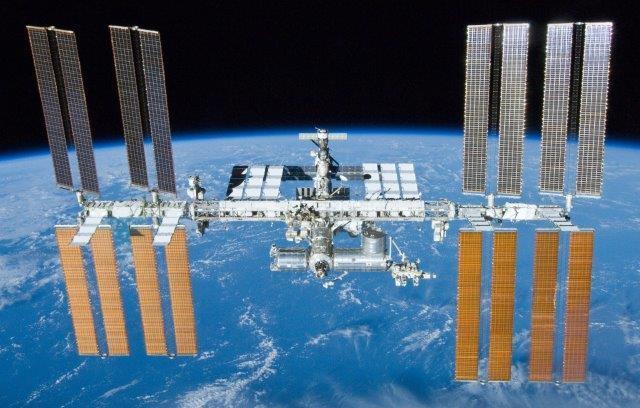
The US, China, and Russia are competing to build the first nuclear reactor on the Moon. If Beijing and Moscow succeed ahead of Washington, they could declare parts of the Moon a “restricted zone,” potentially limiting American access, warned US Transportation Secretary Sean Duffy, The New York Times reports.
This ambitious project reflects the deepening of China-Russia strategic alliance, which is positioned as anti-American. Russia’s losses in Ukraine are weakening Moscow’s position, which could affect their partnership. Earlier, Chinese Foreign Minister Wang Yi stated that China does not want to see Russia defeated in the war, as a Ukrainian victory would prompt the US to shift its full attention to China.
China and Russia are planning to install the reactor by the mid-2030s as part of a joint effort to construct a permanent lunar base.
In response, Washington is ramping up efforts to deploy its own nuclear power plant on the Moon. According to a new NASA directive:
A single lunar “day” lasts about 28 Earth days, which means 14 days of light, followed by 14 days of complete darkness. This makes solar power unreliable, especially for continuous life-support operations. A nuclear reactor offers constant, reliable energy, even during the long lunar night.
In 2022, NASA signed three $5 million contracts for early nuclear reactor prototypes, but the new directive calls for faster, larger-scale development.
The first Artemis crewed landing is tentatively scheduled for 2027, though many experts are skeptical about that timeline. Many of the essential components, including the lunar landing module Starship, which SpaceX is developing, have not yet been tested. The Trump administration wants to transition to using commercial rockets and spacecraft instead of the Space Launch System rocket and Orion capsule, which NASA has been working on for over a decade.
A reactor would be useful for long-term stays on the Moon, especially during the two-week-long nights, but NASA’s plans do not specify when a lunar base might be built.
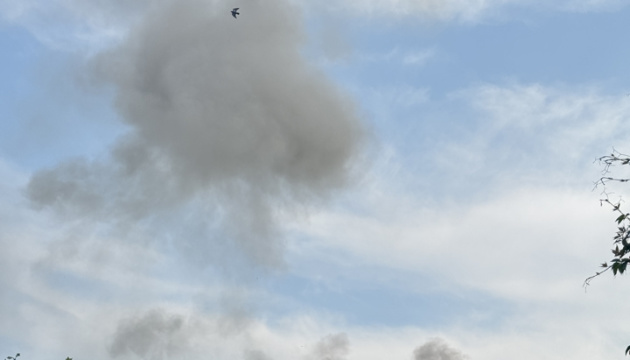

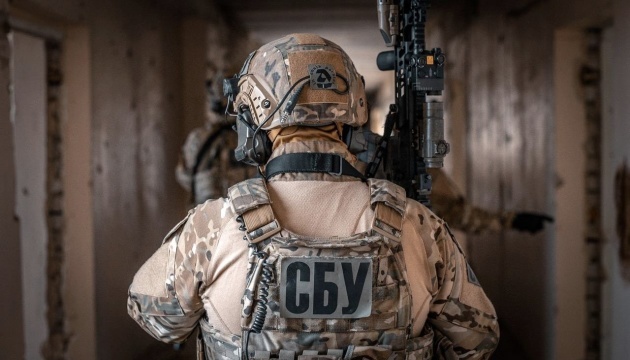

Thousands of lives at stake. In a column for The Washington Post, Head of the Ukrainian Presidential Office Andrii Yermak asserted that this week, US political will could bring end to Russia’s war — by targeting its energy and financial lifelines.
Yermak called for immediate and forceful sanctions against Russia, stressing that US President Donald Trump’s recent ultimatum, reducing the window for a peace deal from 50 to 10 days, was a clear and powerful message to the Kremlin.
“These signals need to be followed up with decisive action for the war to end,” Yermak said, emphasizing Ukraine’s support for Trump’s firm stance on peace through strength — “the only language Putin understands.”
Yermak detailed a series of urgent sanctions Ukraine is calling for:
“The tools to stop Russia exist. What is needed is the political will to use them with precision and force,” Yermak stated.
He highlighted the urgent need for targeted pressure, noting that the global community has the levers to stop the Kremlin’s military machine but only if wielded with precision and bold leadership.
Yermak praised Trump’s move to raise tariffs on India for buying Russian oil, calling it “a great first step” that caused panic in Moscow, and stressed that more must follow.
He also voiced support for the bipartisan bill by Senators Lindsey Graham and Richard Blumenthal, which would impose secondary sanctions on third-country firms aiding Russia’s war economy.
“Thousands of lives depend on the success of what follows,” Yermak concluded.
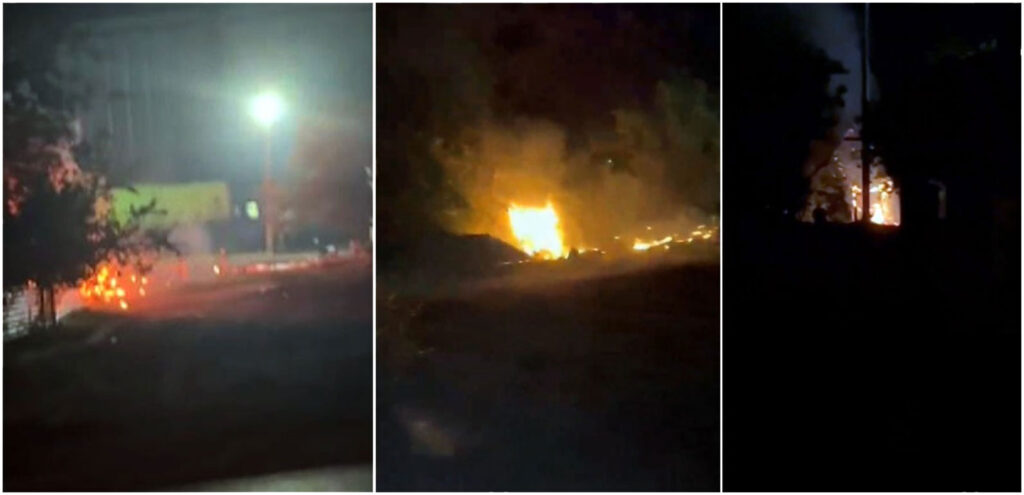
A fire broke out at a railway in southern Russia’s Rostov Oblast overnight on 5 August after a reported drone attack. Local footage geolocated by independent analysts shows flames near the Tatsinskaya station and nearby infrastructure. Russian officials claim the attack was repelled. The station is located 250 km behind the lines.
Ukrainian Telegram channels Supernova+ and Exilenova+ reported that a fire occurred near the Tatsinskaya station in Rostov Oblast following a drone strike. According to Supernova+, the intended target may have been a fuel train, but the impact ignited grass instead. The video shared by Supernova+ shows fire in the vicinity of the station and a local grain elevator.
The Russian Ministry of Defense claimed that 24 drones were downed overnight across four regions, including seven over Rostov Oblast. It alleged that 13 UAVs were destroyed over Bryansk Oblast, two over Kaluga Oblast, and two over Smolensk Oblast.
Russian news Telegram channel Astra cited local residents who reported a fire in the Tatsinskaya area after the strike. Astra geolocated footage of the incident, identifying the red water tower and the grain elevator visible at the railway site.
Yurii Slyusar, acting governor of Rostov Oblast, stated that Russian forces allegedly repelled a mass air attack in several districts, including Millerovsky, Chertkovsky, Tatsinsky, and Belaya Kalitva. He claimed that an electric substation in Verkhnetalovka, Millerovsky district, had burned and that the 500-square-meter blaze had been put out.
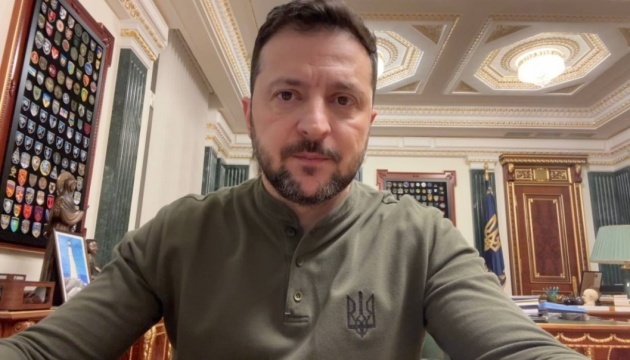

© Copyright 2022 The Associated Press. All rights reserved.

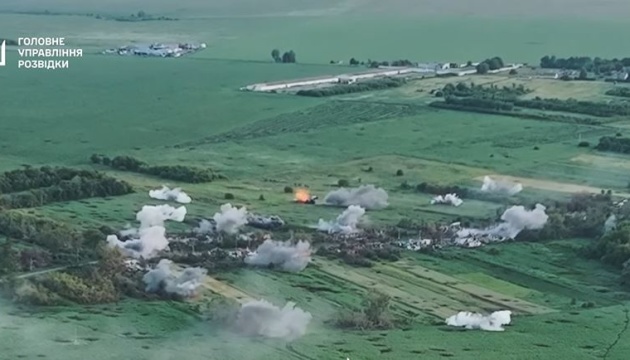
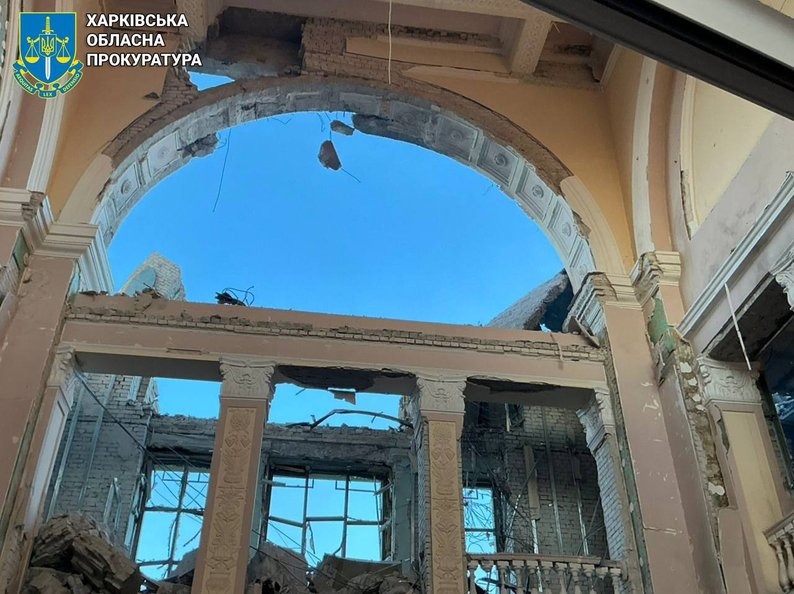
Russia’s Lozova drone strike killed a railway worker and injured civilians, including two teenagers, during Russia’s heaviest drone and missile attack on the city since the start of the full-scale war. According to the Ukrainian Air Force and local officials, the assault overnight on 5 August 2025 involved 46 Shahed-type and decoy UAVs, and a ballistic Iskander-M missile.
The Ukrainian Air Force reported that from 19:00 on 4 August, Russia launched an air attack from the directions of Kursk, Bryansk, Oryol, and Primorsko-Akhtarsk in Russia, using Shahed drones, UAV decoys of various types, and an Iskander-M missile from Bryansk Oblast.
Ukraine’s air defenses, including aviation, anti-aircraft missile units, electronic warfare, and mobile fire groups, intercepted or suppressed 29 drones by 08:00.
“Hits from 17 drones were recorded in the eastern direction, as well as one ballistic missile, and debris from downed drones fell in three locations in the southern and northeastern directions,” the Air Force wrote.
In Lozova, Kharkiv Oblast, a massive drone strike killed one person and injured others, local authorities reported. The mayor of Lozova, Serhii Zelenskyy, said that critical infrastructure, high-rise buildings, detached houses, and an educational institution were damaged. He noted that emergency services, medics, and rescue workers were operating on site and that restoration of water supply was underway.
Zelenskyy added that parts of the city remained without power, including Avylivka and the Katerynivskyi district. Public transport routes were also affected.
Images released by the Kharkiv Oblast Prosecutor’s Office show damage at the Lozova railway station, including a collapsed roof. The station was temporarily closed, and changes were introduced to suburban train services, the city council and Ukrzaliznytsia reported.
Trains Nos. 66/65 and 166/165 on the Uman–Cherkasy–Kharkiv route were redirected via an alternate path. Passengers to and from Lozova were being transported by bus to the Paniutyne station. Ukrzaliznytsia warned of delays of up to one hour due to use of a reserve locomotive.
According to the State Emergency Service, six fires broke out in Lozova as a result of the drone strike. Destruction of other buildings was also recorded.
The Kharkiv Oblast Prosecutor’s Office clarified that Russia has used over 30 Shahed-type attack drones — for some reason, the Kharkiv local authorities and prosecutor’s office always refer to them as “Geran-2” by their Russian designation.

 |
Russia’s 137× drone surge wasn’t magic—it was Chinese engines labeled “fridges”. Ukraine faced just 40 drone attacks monthly in 2022. Now it’s over 5,000—using Cold War engines China ships as “refrigerators.” |
 |
Digital defense for activists & journalists in conflict zones: A comprehensive security guide. Digital defense in conflict zones requires a comprehensive, layered approach combining technical security measures with operational discipline and legal awareness |
 |
OSCE at 50: Kick Russia out or shut it down. Fifty years on, the OSCE lets Russia bomb, kidnap, and veto. Time’s up—kick Moscow out or close the doors. |
 |
Whatever you do, don’t march with two landmines strapped to your back while Ukrainian drones patrol overhead. Russian engineers are literally telling their troops to walk 20km carrying two anti-tank mines each. Ukrainian drone footage shows what happens next. |
HUR: Explosion plunges Russian military repair base in Berdiansk into darkness. The blackout left Russian troops blind and stalled at a strategic site where vehicles were mended.
Ukraine’s Security Service obliterates Russian $50 million Su-30 jet in Crimea—and damages more. Ukraine delivers a brutal reminder: no corner of occupied land is safe.
Russia converts Donetsk airport into drone launch base to target Ukraine faster. Satellite imagery from July 2025 shows Russian forces constructing drone storage areas, control points and fuel infrastructure at the occupied Donetsk City airport
Major Russian rail hub hit: Drones strike Volgograd transport corridor, delay Moscow-St. Petersburg trains. Transport disruptions spread across southern Russia as drone strikes on railway infrastructure in Volgograd Oblast delayed five passenger trains
Frontline report: Poland’s fighter jets now scramble nightly while Russian drones test NATO’s eastern border. The unmanned aircraft flew close enough to Vilnius for residents to capture video footage, initially sparking fears that a live munition had penetrated NATO airspace
Frontline report: NATO’s AWACS are mapping every radar pulse over Russia’s Kaliningrad
. Each flight builds a radar profile of Russian systems near the Suwalki Gap, preparing NATO for potential strikes.
New Russian 9M729 missile threat just brought world back to Cold War era. The Kremlin has scrapped its moratorium on intermediate-range ballistic and cruise missiles, reviving a class of weapons once eliminated under a landmark Cold War treaty, and blaming the West for its return.
Germany raids company which secretly sent 20 machines to Russia for munitions production, despite Ukraine’s warnings. Law enforcement moves in after Ukrainian watchdogs expose how banned high-tech exports may be enabling Russia’s battlefield slaughter.
China cuts rare minerals, stalling US weapons — and threatening Ukraine’s fight for survival. Ukraine relies on Western weapons, but China’s export bans on key minerals risk cutting off the lifeline.
US tech giants land in Kyiv to outsmart Russia’s deadly drones. Dedrone and Ukrainian tech join forces to stop swarms, as the drone war is just beginning.
Ukrainian sappers to train at Middle East mine action school with funding from Paris. With nearly 40% of its territory potentially contaminated, Ukraine deepens cooperation with France and Lebanon to dismantle hidden killers of war.
Delhi turns to American, Canadian, and Emirati oil suppliers amid Western pressure. However, Russia remains its top oil source, keeping Moscow’s war machine alive and capable of killing more Ukrainian civilians.
Kremlin signals openness to Putin-Zelenskyy talks — but conditions remain unchanged. Moscow has not ruled out a future meeting between Putin and Zelenskyy, but insists negotiations must follow “expert-level” groundwork, with Ukraine first accepting key Russian demands, including neutrality.
Trump again confirms US nuclear submarines near Russia after Medvedev threats. Two US nuclear submarines are now positioned near Russian territory following a week of escalating threats between President Trump and former Russian President Dmitry Medvedev
Trump’s special envoy Witkoff to visit Moscow as 8 August ceasefire deadline looms. As Trump’s 8 Aug. Ukraine ceasefire deadline approaches, the US Middle East envoy will meet with Russian officials who requested the talks amid threats of sanctions and 100% tariffs
Ukraine reports infant in critical condition after multi-region Russian assault. Russian night attack killed a 45-year-old man in Kherson Oblast and injured three people in Dnipropetrovsk Oblast, including an infant in serious condition
Russia punishes Ukrainian flag more harshly than Nazi symbols in occupied Crimea. While Kremlin courts overlook swastikas, they jail Ukrainians for singing patriotic songs or showing national colors.
Ukraine’s anti-corruption agencies uncover suspected UAV graft scheme. Drone procurement scandal highlights ongoing battle over anti-corruption efforts.
TikTokers face $ 300 fine for filming burning Russian oil depot hit by Ukrainian drones. Russian police detained three young people who traveled 1,500km from Nizhny Tagil to film a burning Sochi oil depot hit by Ukrainian drones
Read our earlier daily review here.
You could close this page. Or you could join our community and help us produce more materials like this.
We keep our reporting open and accessible to everyone because we believe in the power of free information. This is why our small, cost-effective team depends on the support of readers like you to bring deliver timely news, quality analysis, and on-the-ground reports about Russia's war against Ukraine and Ukraine's struggle to build a democratic society.
Become a patron or see other ways to support.
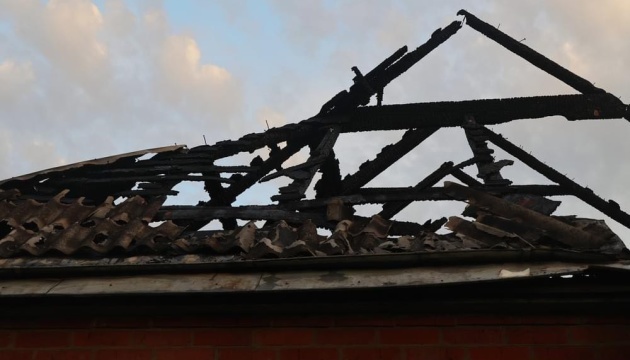

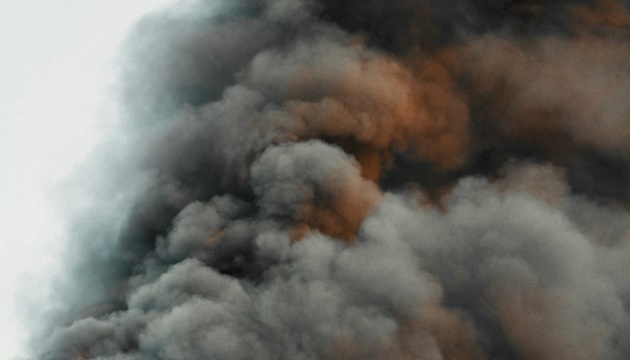
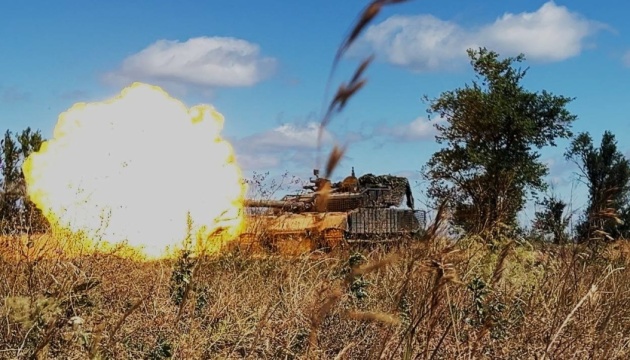
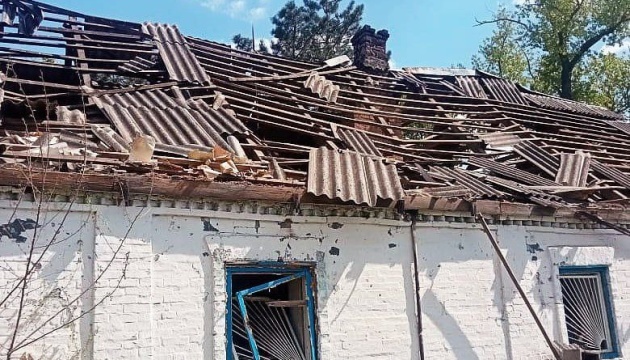
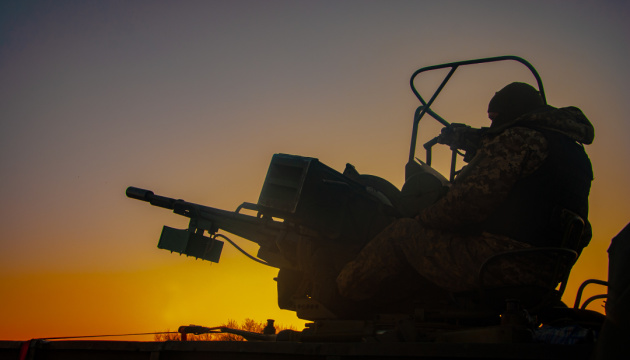
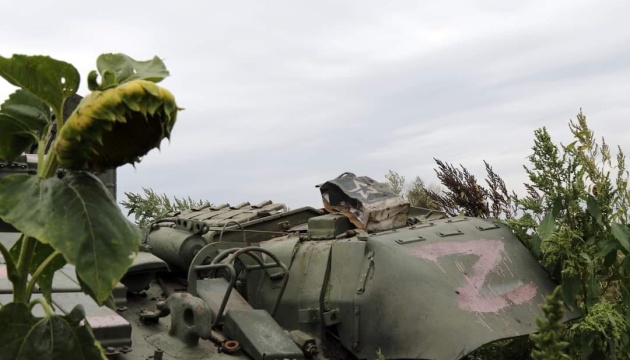

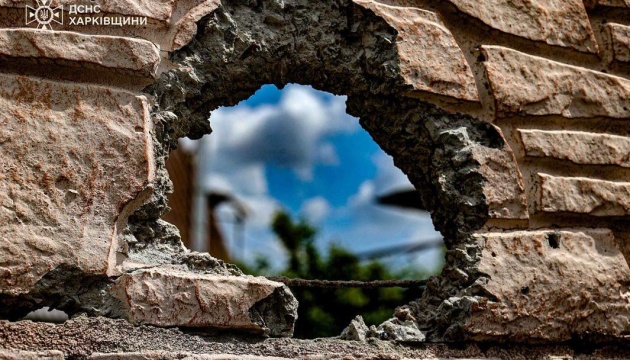

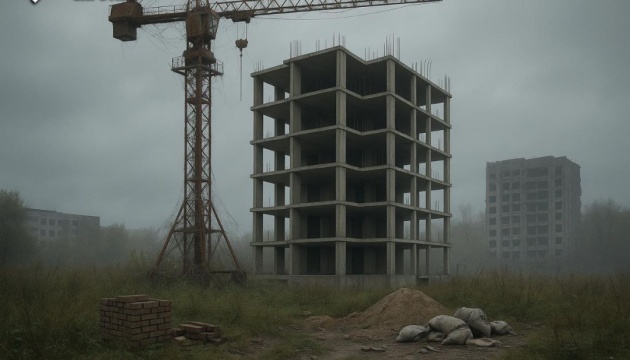
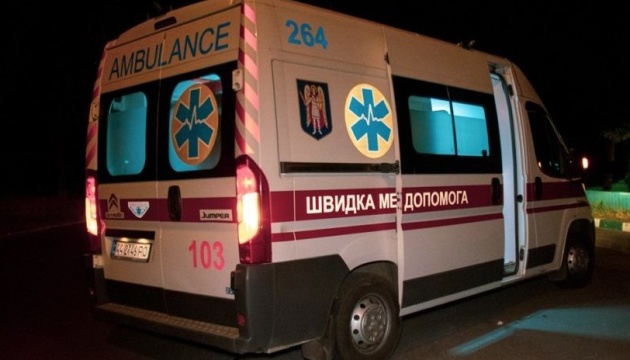

© ASSOCIATED PRESS

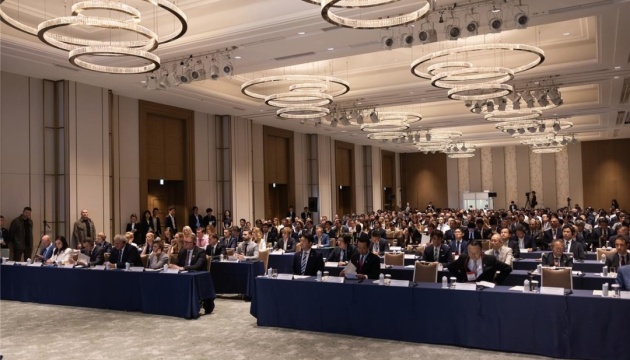

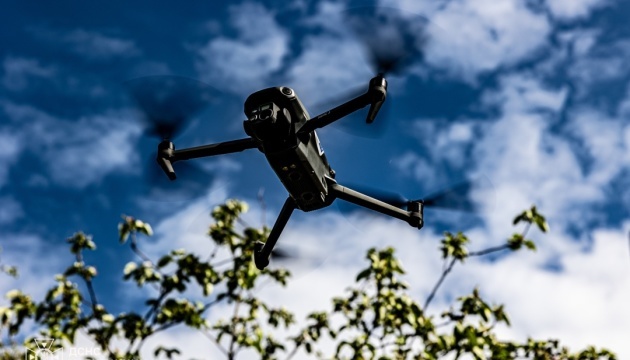

Your smartphone probably has more computing power than the drone that woke Ukrainian families at 3 AM this morning. Yet these cheap weapons have become Putin’s most reliable tool for terrorizing Ukraine—and they’re multiplying faster than anyone expected.
Russia launched more than 728 drones in a single night attack on 9 July 2025. In June alone, 5,483 drones targeted Ukraine—16 times more than June 2024 and a 30% increase over the previous month. Compare that to September 2022, when Russia’s entire monthly arsenal was just 40 units.
According to Ukrainian President Volodymyr Zelenskyy, Russia has launched 28,743 drones at Ukraine since February 2022. The escalation has been systematic: 40 drones in September 2022, increasing to 5,483 by June 2025—a 137-fold increase over 33 months.
What changed?
A German aviation engine from the 1980s, now manufactured in China and smuggled to Russia.
The Shahed-136 represents a shift in modern warfare—establishing what defense analysts call asymmetric warfare through large-scale, low-cost swarm attacks. Iran’s HESA reverse-engineered a 1980s German design (the Die Drohne Antiradar) to create a flying bomb that carries 118 pounds (53 kg) of explosives over 1,000 miles (1,600 km).
Iran initially sent combat drones to Russia on 19 August 2022—both Mohajer-6 surveillance drones (200km range, two missiles per wing) and Shahed kamikaze units. Tehran and Moscow officially denied the transfers, but Iran later acknowledged them while claiming they predated the invasion.
In early September 2022, IRGC Commander Major General Hussein Salami noted that Iran was selling domestic military equipment to foreign buyers, including “major world powers,” and training them to use this equipment.
But the real game-changer came with Iran’s $1.75 billion technology transfer deal that gave Russia the blueprints, software, and production technologies to build its own versions. Shahed drones were previously built by Shahed Aviation Industries in Iran, where allegedly every drone factory has two backup sites in case of aerial attacks.
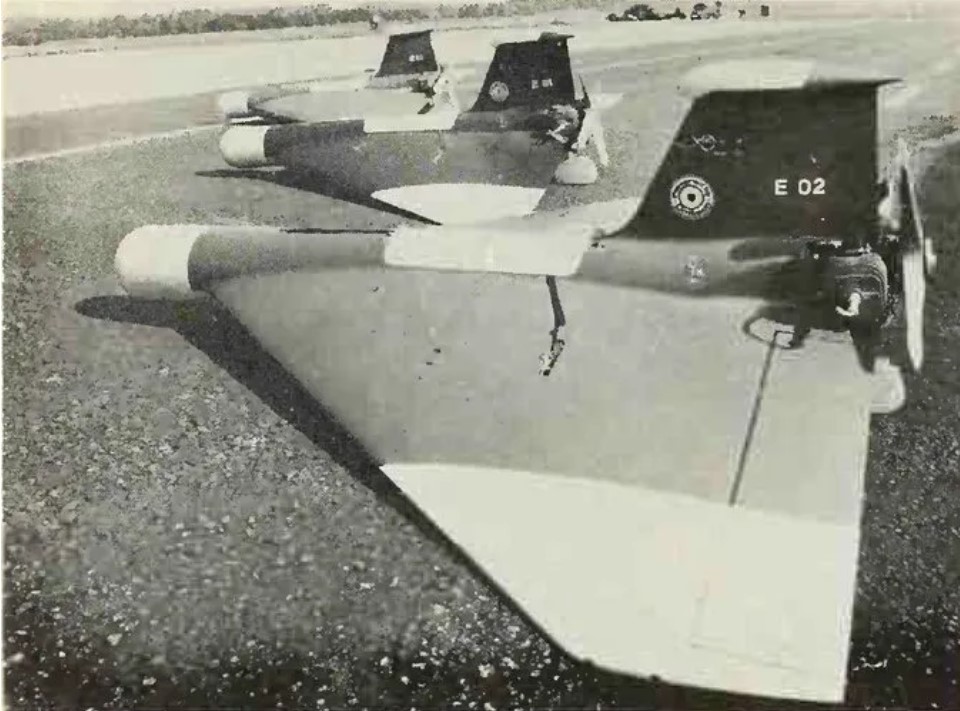
Russia’s drone production centers on the Alabuga Special Economic Zone in Tatarstan—more than 1,300 kilometers from Ukraine’s border and Russia’s most successful SEZ, accounting for 68% of total revenue. The facility produced 2,738 Shahed-style drones in 2023, then more than doubled to 5,760 units by September 2024.
Recent analysis suggests Russia produced over 10,000 drones in 2024 alone, doubling monthly production from 1,000 to nearly 2,000 units.
The original contract called for 6,000 drones by September 2025—a target the facility appears to have exceeded well ahead of schedule.
Satellite imagery shows at least eight new warehouse structures under construction. The Institute for Science and International Security estimates Alabuga now produces almost 20 drones per working day—double the original contract rate. Russia initially predicted production costs of $48,000 per Geran-2 (25% of the purchase cost), but by April 2024 this increased to around $80,000 due to upgrades. The original plan called for 310 drones per month with 24-hour operations, plus plans for an additional 6,000 drones per year after the initial contract.
The main structural components requiring sophisticated supply chains are the airframe (fuselage), engine, avionics (electronics), and combat unit.
Russia started with a three-phase plan:
Phase 1 was reassembling 100 drones per month from Iranian knock-down kits.
Phase 2 would produce their own airframes.
Phase 3 would produce another 4,000 drones by September 2025 with little Iranian help.
Alabuga Machinery LLC completed construction of production buildings in December 2022 and sent its first team of specialists to Iran for training in March 2023. In parallel, the process of assembling drones from Iranian machine kits continued.
But there were problems. About 25% of Iranian kits arrived damaged or broken—including one dropped during delivery.
Here’s the interesting part: leaked data shows 90% of Iranian Shahed-136’s computer chips and electrical components are manufactured in the West, primarily in the United States.
So even “Iranian” drones are mostly Western technology.
Iran initially helped Russia with direct connections. According to the US Treasury Department, Alabuga requested meetings with Mado Company officials (Iranian drone engine producers) and received detailed documents on the MD550 engine that powers the Shahed-136. Iran’s Defense Ministry also facilitated the supply of UAV parts, models, and ground stations to Alabuga through UAE-based Generation Trading FZE.
What makes this surge possible? A Chinese supply network that signed contracts worth 700 million yuan ($96 million) with Alabuga between September 2023 and June 2024. Thirty-four Chinese companies partnered with the facility during this period.
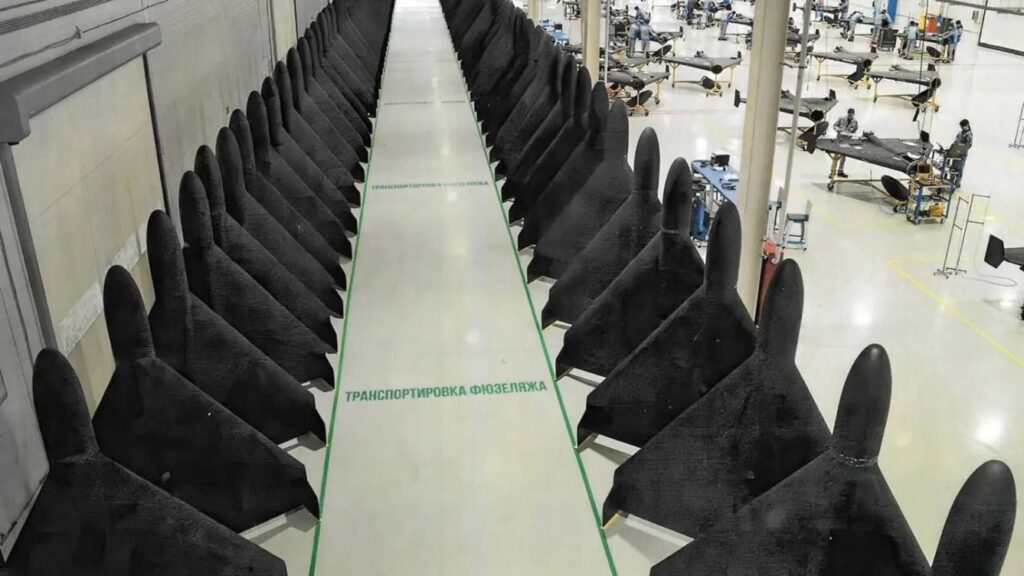
Here’s where it gets interesting. The heart of Russia’s drone program is a Limbach L550E engine—originally designed by German company Limbach Flugmotoren in the 1980s. Iran reverse-engineered this decades ago. Now, Chinese company Xiamen Limbach Aircraft Engine Co. manufactures these engines and ships them to Russian weapons factories.
Xiamen Limbach is wholly owned by Fujian Delong Aviation Technology Co., which also owns the original German Limbach Flugmotoren GmbH—one of the world’s leading manufacturers of aircraft piston engines engaged in both development and maintenance. The engines don’t go directly to Russia—they flow through intermediary companies that act as buffers between IEMZ Kupol and Chinese suppliers.
Between November 2023 and October 2024, Russian intermediary TSK Vektor LLC imported $32.8 million worth of components from Chinese suppliers: aircraft engines, computer parts, electrical equipment, transistors, electronic modules, connectors, plugs, sockets, spare parts, and components.
The broader Chinese supplier network with specific roles includes:
Most label exports as “for general civil purpose” or “for general industrial purpose” to avoid detection.
When Reuters reported the Chinese engine connection in September 2024, the US and EU sanctioned several companies, including Xiamen Limbach. The EU also suspects Xiamen Limbach may have passed L550 engine drawings directly to Iranian Shahed-136 manufacturers.
But Beijing Xichao International Technology and Trade immediately took over L550E shipments.
The engines now travel from Beijing to Moscow to Izhevsk, labeled as “industrial refrigeration units.”
Engines are shipped to Russian front company SMP-138 (registered under Abram Goldman), then forwarded to LIBSS. The contract explicitly states engines will be described as cooling units because of their sensitivity.
Russia hasn’t just copied Iran’s design. The Garpiya-A1 (“Harpy”), manufactured by IEMZ Kupol (part of Almaz-Antey), closely resembles the Shahed-136 but uses Chinese L550E engines and unique bolt-on fins. Russia’s Defense Ministry signed a 1 billion ruble contract ($10.9 million) with IEMZ Kupol in early 2023 to develop the drone factory.
Between July 2023 and July 2024, Russia produced more than 2,500 Garpiya-A1 UAVs. IEMZ Kupol signed a contract to produce more than 6,000 Garpiya drones in 2025, up from 2,000 in 2024, with more than 1,500 delivered by April 2025. Ukrainian intelligence reports about 500 Garpiya drones are launched monthly.
Russia has shifted from using Iranian “M” series Shaheds to producing its own “K” and “KB” variants since 2023, indicating full domestic production capability. Conflict Armament Research, a British weapons-tracking group, examined downed drones and confirmed Russia is now producing its “own domestic version of the Shahed-136.”
But Russia’s cleverest innovation is the Gerbera drone—a foam and plywood decoy that costs one-tenth the price of a real Shahed but appears identical on radar. It forces Ukrainian air defenses to waste expensive interceptor missiles on worthless targets while real attack drones slip through. Russia planned to produce 10,000 Gerberas in 2024—twice the number of actual attack drones.
Russia also produces the Geran-3, a jet-powered variant with higher speeds for faster targeting and better evasion of antiaircraft systems.
How does Alabuga staff this massive operation? Through questionable recruitment that raises human rights red flags.
They planned for 810 staff working in three shifts to run the facility 24/7. The facility employs over 1,000 women from across Africa, recruited through Alabuga Start with promises of $550 monthly salaries, subsidized housing, and educational opportunities. The recruitment campaign in Uganda’s capital, Kampala, specifically targeted young female students. Management seizes passports to prevent workers from quitting—basically forced labor.
The factory also employs Russian students as young as 15 through local polytechnic colleges, including Alabuga Polytech. As of August 2023, several hundred 15‑year‑old students worked at Alabuga Polytech under “work experience programs,” with employers promising wages up to 70,000 rubles/month (around US $700)— roughly 20–30 % higher than typical monthly earnings in Tatarstan.
The Shahed builders were disturbed about building weapons for the war against Ukraine, so Alabuga keeps hiking salaries. Some workers now earn ten times the median Russian wage.
US Treasury sanctions specifically cited Alabuga CEO Timur Shagivaleyev for “exploitation of underage students to assemble these UAVs.”
How does Russia pay for Chinese technology? Russia built a network that avoids the banking system and instead pays with gold bars, commodities, and barter deals.
Iran’s pricing changed through negotiations. Initially, Iran wanted approximately $375,000 per drone. Final deals settled at either $193,000 per unit for orders of 6,000 drones or $290,000 for orders of 2,000 units.
In February 2023, Alabuga Machinery allegedly transferred 2,067,795 grams of gold bars to Iranian proxy company Sahara Thunder as payment for components—more than 2 tons of gold signed off by CEO Shagivaleyev.
Sahara Thunder was later sanctioned by OFAC in April 2024 for supporting Iran’s Defense Ministry and facilitating UAV transfers. The company was identified as a front for Iran’s military, also shipping commodities to China and Venezuela.
The total contract value reached $1.75 billion through gold transfers, barter arrangements, and commodity swaps designed to circumvent Western sanctions.
Chinese component supply shows the real problems with current sanctions. Despite China’s export control law supposedly preventing dual-use technology transfers, there are obvious gaps in prohibited classification codes that allow systematic workarounds. Export control measures don’t match actual dual-use risks, so Russian manufacturers keep getting critical technologies despite formal bans.
When the US and EU sanctioned Xiamen Limbach in October 2024, Beijing Xichao International Technology took over shipments within weeks. This rapid substitution suggests pre-existing networks designed to maintain supply continuity.
Chinese suppliers have developed sophisticated systems to disguise military components. According to European security officials, engines are shipped as “industrial refrigeration units,” electronic components as “general civil purpose” items, aircraft parts as “general industrial equipment.” This “cooling units” description enabled goods to be exported without alerting Chinese authorities.
Sanctioned entities include:
But when one Chinese company gets blacklisted, another replaces it within weeks.
Secondary sanctions targeting third-party companies have proven insufficient. Chinese companies face limited consequences for supplying Russian defense contractors, and new entities can be established faster than sanctions regimes can identify them.
This collaboration shows how authoritarian states can create integrated defense partnerships that bypass Western sanctions. The partnership has built covert payment networks involving gold transfers and middleman countries that make enforcement harder.
A new Deng Xiaoping Logistics Complex being built near Alabuga will handle 100,000 containers annually via direct rail links between Russia and China, suggesting broader military cooperation.
The psychological impact goes beyond military effectiveness. These weapons target civilian infrastructure—power plants, hospitals, schools, apartments—designed to wear down Ukrainian society through constant air raids. Ukrainian families spend nightly hours in bomb shelters, kids sleeping in bathtubs to avoid strikes.
The weapons strain Ukrainian air defenses in critical ways. Ukraine intercepts most drones, but the cost equation favors attackers: a $500,000 interceptor missile destroys a $50,000 drone. If attacks continue at current intensity, this creates unsustainable resource imbalances that could overwhelm air defense systems through economic attrition rather than penetration.
If Russia can produce 10,000+ attack drones annually using Chinese components and Iranian designs, similar capabilities could threaten NATO members.
The weapons represent cost-effective methods for sustained attacks against civilian infrastructure across Europe, potentially overwhelming air defense systems through sheer volume.
European officials have urged China to tighten export controls, with EU foreign policy chief Kaja Kallas warning Chinese Foreign Minister Wang Yi that Chinese firms’ support threatens European security. Beijing denies knowledge of military applications while maintaining its right to trade with Russia under international law.
Current sanctions haven’t worked to stop this supply chain. China has become the key enabler—Ukrainian intelligence reports that every critical component (engines, navigation systems, control units) comes from Chinese manufacturers.
What needs to change:
Better coordination: Allies need to align sanctions policies targeting both Russian UAV manufacturers and Chinese suppliers. Right now, sanctions are scattered and don’t deter anyone.
Hit Chinese companies harder: Aggressive secondary sanctions against Chinese manufacturers and their parent companies who help transfer technology to Russia. This includes targeting banks that enable these deals.
Close export loopholes: Tighten control over dual-use technology exports from China, close gaps in prohibited classification codes that currently allow systematic workarounds. Better coordination between customs and intelligence agencies to catch evasion attempts.
Pressure Beijing financially: Enhanced diplomatic pressure on Beijing to stop Chinese firms from transferring critical technologies that enable weapons production. This includes targeting gold-based payment networks and commodity swap deals.
Share intelligence better: Better intelligence coordination between allies to track emerging supply chains and identify new middleman companies before they get established.
The drone attacks hitting Ukraine carry Chinese engines, Iranian designs, and Russian assembly. They’re a test case for whether economic isolation can work in a connected global economy. So far, determined state actors with willing partners can get around almost any restriction.
Whether Western governments can adapt their systems to match evasion network sophistication is still an open question. The answer will decide not just Ukraine’s fate, but whether economic tools can actually deter international aggression.
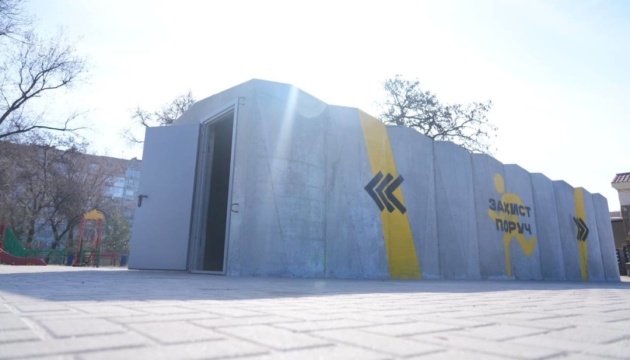


Trump has threatened new sanctions if Moscow does not agree to end the war by Friday

© Copyright 2025 The Associated Press. All rights reserved

On the occupied peninsula, Russia’s repressive machine sees the Ukrainian flag as a greater threat than the swastika. According to the civil organization Crimean Process, in the past six months in occupied Crimea, there have been three times more court cases against supporters of Ukraine than against individuals promoting Nazi symbolism.
Moreover, 56% of all cases related to the display of banned symbols involved pro-Ukrainian citizens.
“People who demonstrate pro-Ukrainian views are not only prosecuted more frequently, but also subjected to humiliation, fabricated charges, and moral pressure through propaganda in the media,” the report states.
Of 96 cases analyzed under Article 20.3 of Russia’s Code of Administrative Offenses, the largest share of charges were directed at Ukrainian sympathizers.
26% of “Ukrainian” cases resulted in arrest, while none of the criminal subculture defendants were imprisoned. Nearly half of the cases against Ukrainians included additional charges, such as hooliganism or “discrediting the army.” In contrast, not a single case involving Nazi symbols included such add-ons.
“Any manifestation of Ukrainian national identity, patriotism, or resistance to occupation is viewed by Russian authorities as a threat to ‘stability’ and ‘security,’” human rights activists say.
In addition, judges in “Ukrainian” cases more frequently violate procedural norms:
Human rights defenders stress: this is selective justice, where patriotism is punished more harshly than overt hate.
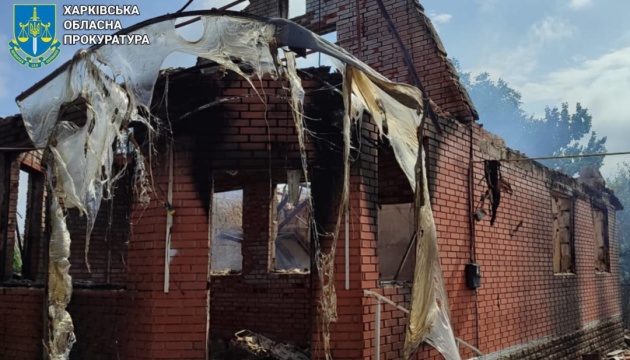



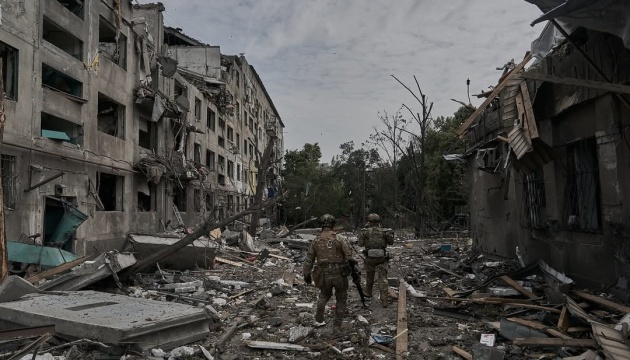
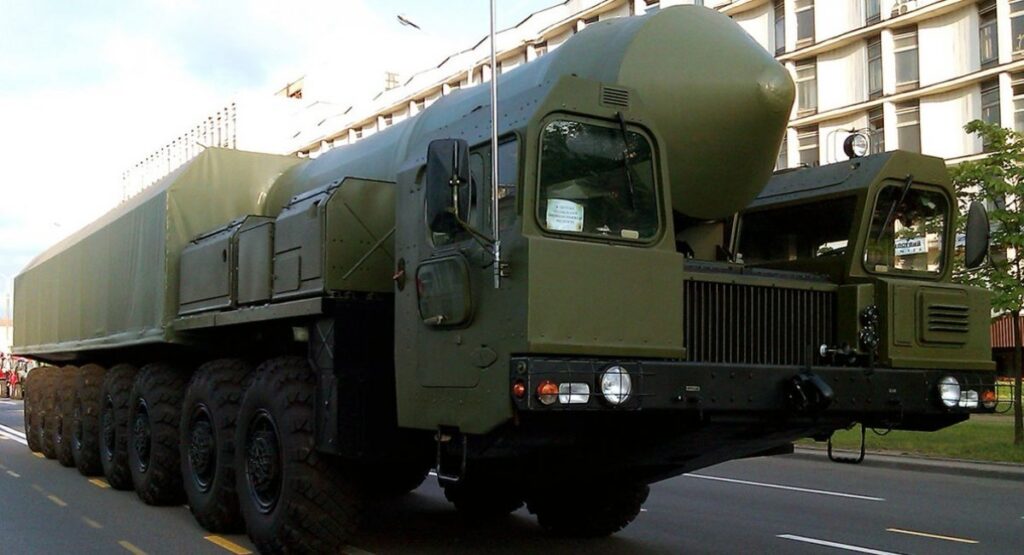
The Kremlin again threatens Europe with missiles. The Russian Foreign Ministry has announced that the country is lifting its self-imposed restriction on the deployment of land-based ballistic and cruise missiles with a range between 500 and 5,500 km, according to Radio Free Europe/Radio Liberty.
Once-banned missiles are back on the table. In 1987, the US and USSR agreed to eliminate all missiles of this class, but in 2019, the treaty formally expired. After that, Russian President Vladimir Putin claimed Russia would not be the first to deploy such missiles unless the US did so first.
Now, Moscow reverses course: it has lifted the restriction, blames the West, and claims a threat from American missiles in Europe and the Asia-Pacific region. The official reason: “steps by the collective West” that, according to the Kremlin, “destabilize the situation in border regions.”
“The Russian Foreign Ministry acknowledges the disappearance of conditions for maintaining the unilateral moratorium on the deployment of such weapons,” the statement says.
Western states already claimed in 2019 that Russia had de facto violated the agreement — the main evidence being the 9M729 missile system, which, according to the US and NATO, has a range exceeding 500 km.
Moscow denies it, but reality suggests otherwise: the missiles exist, and now the Kremlin officially admits it is ready to deploy them. This move threatens to spark a new arms race and escalate security risks not only for Ukraine but for all of Europe.
In November 2024, Russia launched a 9M729 missile at the city of Dnipro, marking the first confirmed combat use of the controversial system, also known by the codename “Oreshnik”. The missile was equipped with six warheads, each capable of independent targeting. The extent of damage remains undisclosed.
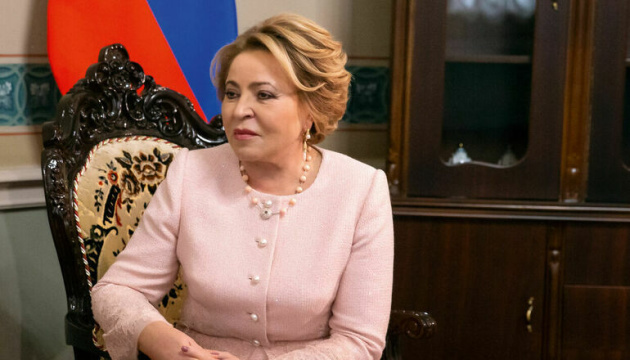
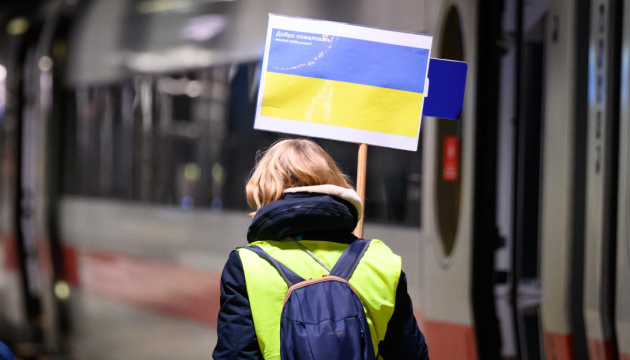

A powerful explosion cut power to the Russian military base in Zaporizhzhia Oblast late on 3 August. The blast temporarily occupied the city of Berdiansk and destroyed a power substation that supplied electricity to the base located at the former Berdianski Zhnyvarky factory, UkrInform reports, citing its source in Ukraine’s Defense Intelligence.
Since the start of Russia’s all-out war in 2022, Berdiansk has remained under occupation. The city has suffered extensive destruction, water and power outages, explosions at the port, and an aggressive campaign of Russification, including persecution of citizens with pro-Ukrainian views.
The energy strike triggered a fire, disabling a key element of the occupiers’s logistics infrastructure.
According to Ukraine’s Defense Intelligence, the explosion and ensuing fire disabled transformers that powered the facility where Russian troops repaired military vehicles and stored weapons.
“The final consequences of the explosion and the extent of the damage are still being clarified,” says Defense Intelligence source.
Local residents were the first to report the powerful blast, posting videos and photos on social media. The surrounding streets lost power, and social media posts confirmed the fire at the substation.
After the capture of Berdiansk, Russian occupying forces converted the plant’s workshops into a repair hub, arms depot, and barracks. Damaged vehicles from the front were brought here for repairs before being sent back to the battlefield.
The destruction of the facility’s power supply seriously disrupts the occupiers’ logistics and hampers their ability to repair equipment.
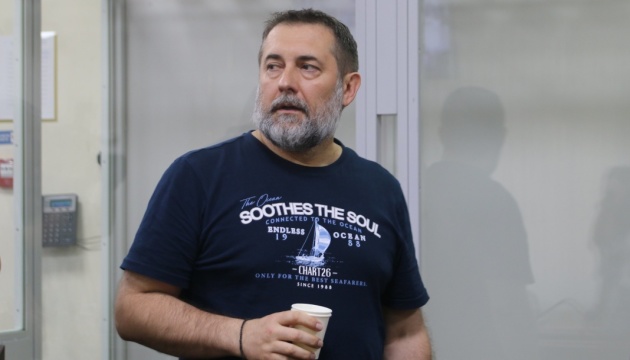


Six individuals have been served with notices of suspicion for involvement in a corruption scheme involving the procurement of military equipment, reports the National Anti-Corruption Bureau of Ukraine (NABU).
This is the first major report by Ukraine’s anti-corruption agencies since a controversial law restricting their independence was signed and later reversed after street protests.
According to the report, among the suspects are government and military officials, as well as executives from drone manufacturing companies.
NABU and the Specialized Anti-Corruption Prosecutor’s Office (SAPO) say they have exposed a “large-scale corruption scheme in the procurement of UAVs and electronic warfare systems” operating during 2024-2025.
According to NABU, the suspects systematically embezzled funds from local government budgets that had been allocated to the Defence Forces.
President Zelenskyy has reportedly dismissed four officials from their posts since the notices were served.
NABU identified the six suspects as:
On 2 August, 2025, NABU and SAPO reported their findings to Zelenskyy. The scheme allegedly involved a sitting member of Zelenskyy’s Servant of the People party, whose faction membership was dismissed that day. Dismissals of the local government and military officials followed on the same day.
This report comes shortly after attempts by the Ukrainian government to stifle the work of the national anti-corruption agencies. A controversial bill restricting NABU and SAPO’s autonomy was recently passed by parliament and signed into law by Zelenskyy.
This decision sparked nationwide protests. Within 4 days, Zelenskyy submitted a draft bill to reverse the restrictions and restore the agencies’ independence.
This is NABU and SAPO’s first major investigation report since this incident that brought renewed attention to the importance of Ukraine’s anti-corruption organizations.